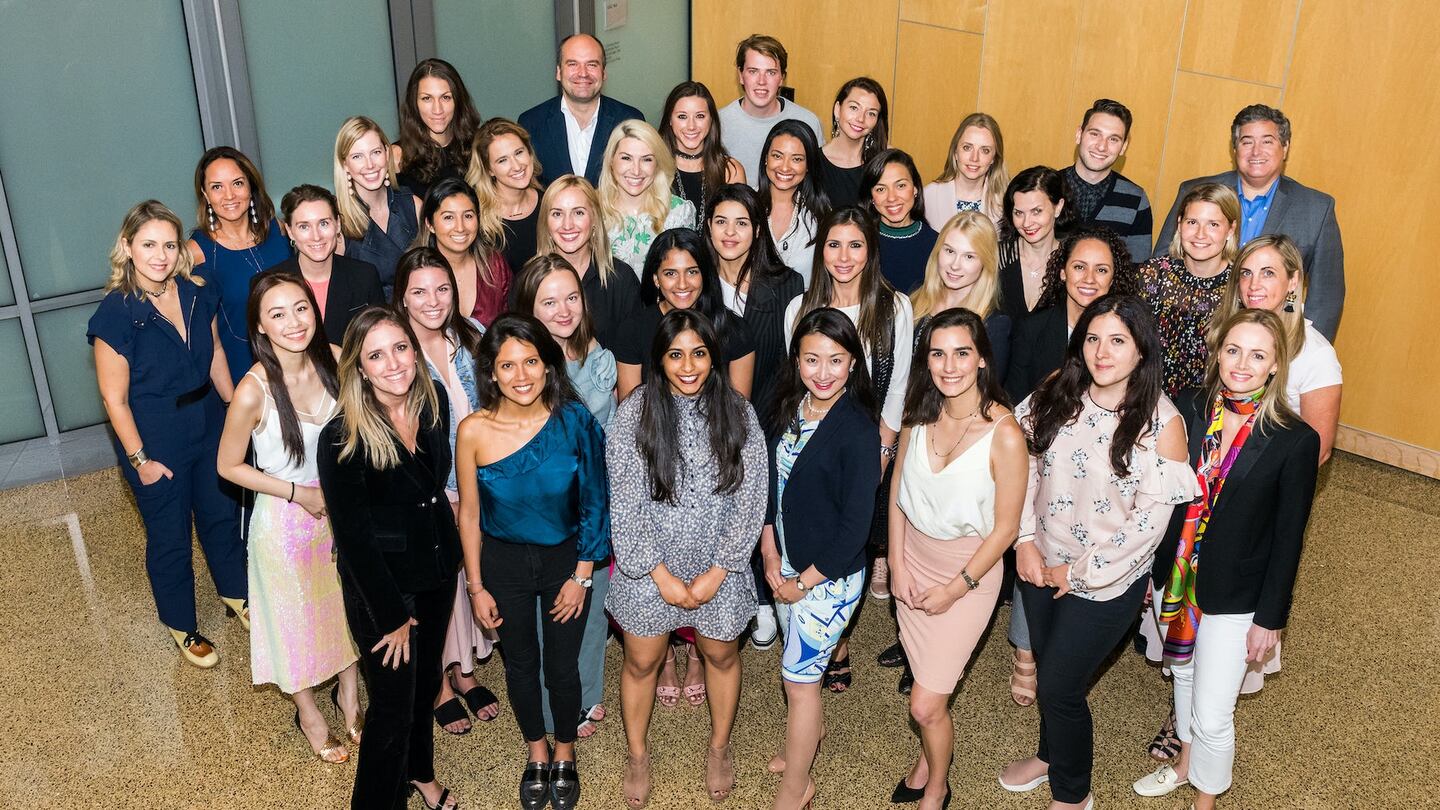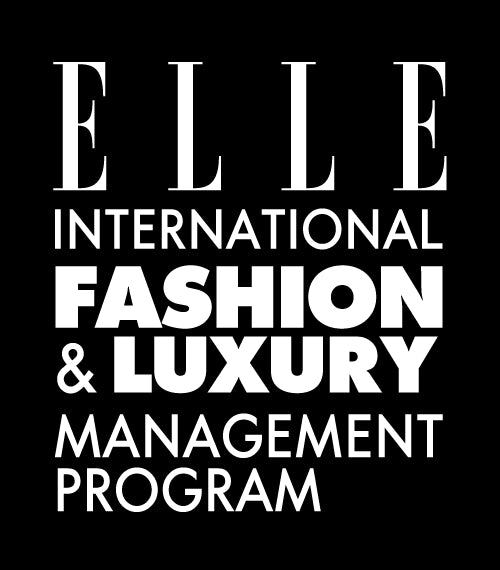
The Business of Fashion
Agenda-setting intelligence, analysis and advice for the global fashion community.

Agenda-setting intelligence, analysis and advice for the global fashion community.


PARIS, France — The fashion industry is in a state of prolonged disruption. Predictably unpredictable, the fluctuating performance of revenue streams and increasingly unstable trading conditions are matched only by the emergence of complex new opportunities and the roll out of novel tactics by competitors seeking to innovate. Nowhere is that more keenly felt than in the boardrooms and C-Suite offices of the industry, as teams and shareholders look to leaders for guidance, prioritisation and vision.
The Elle International Fashion and Luxury Management Program was created to prepare future and current leaders in how to tackle uncertainty and build fashion businesses that are optimised for today's market. The programme is the result of a collaboration between Elle, MIT Sloan Executive Education and Spanish university Universidad Complutense de Madrid. Over a period of six months, four modules are taught in separate locations: Madrid, Paris, New York, and MIT Sloan's campus in Cambridge, Massachusetts.
The programme takes place from December to May and is offered as either a hybrid of online and on-site classes or in an online-only format. Each module focuses on a different facet of the industry and is taught in a geography which is a market leader in that specialisation. From fast fashion in Spain, the home of Inditex and its mega-brand Zara, to studying haute couture and luxury surrounded by the ateliers of Paris, premium brands in New York's garment district and innovation at MIT, the itinerary is designed to be immersive yet efficient. Every module spans a week of "hands on activities and critical thinking," enabling students to continue with their professional lives, although the course does require intensive academic study, with online support and live interaction integrated into it, in between modules. During the course, participants will have the opportunity to engage with industry leaders and apply the frameworks they learn in class to business challenges facing the industry.
BoF sat down with the programme director Francisco López Navarrete to discover how the course prepares students for the challenging and complex reality of the fashion industry today.
What made you choose to launch this course?
The fashion and luxury industries are changing quickly and technology is innovating at great speed. Companies need to know how to manage technology and innovation, and to understand it in retail. We needed to do that with strong academic partners, so we partnered with MIT and the Universidad Complutense de Madrid.
We were already running successful programmes in fashion and luxury in partnership with Elle, and we wanted to collaborate with a university with a greater understanding of the changes in technology and innovation, which MIT has led over the last decade. We wanted a 360 degree understanding of the industry with focus on fast fashion, luxury and premium brands, in order to better understand the impact of technology and innovation on all those segments.
How is the curriculum structured?
The start of the programme takes place in Madrid, which provides a good opportunity to learn from business cases of fast fashion companies such as Mango and Inditex, as well as distribution centres in Spain. We then do the second module in Paris, which is focused on the luxury and haute couture side of the industry. We have great speakers in every module, especially in Paris, where some of our past speakers included the president and chief executive of Louis Vuitton, the designer Christian Louboutin and the chief executive of Chaumet. In the New York module, we focus on the premium and emerging markets, which gives an opportunity to further understand how brands can offer a good experience at more affordable prices. Finally, the MIT module gives students the understanding of technological innovation and how it is impacting the entire fashion system.
When participants go to class, it is all about experimentation. You have sessions in the morning and in the afternoon with world-class faculty, and then the networking in the evening is great, where you get to engage with individuals that actually lead the industry. The curriculum covers a comprehensive set of skills and is divided into the following pillars: creating, capturing and delivering value; generating sustainable competitive advantage; pricing and funnel management; launching global brands; understanding consumer behaviour; financial decision making; increasing supply chain performance and improving operational execution.
What should students expect from the programme?
In the on-site academic portions, the classes are intensive. You start the programme at 8am and finish at 7pm — every day from Monday to Saturday. At the end of the day, participants have a moment to relax and network, which we organise with the client companies in Spain. The programme offers unique opportunities to interact with the industry through what we call Elle Fashion Experiences, where our participants pay visits to fashion showrooms, consultancy firms, ateliers, Elle editorial offices and flagship stores, among other locations.
We organise working groups, who you sit with and discuss the work you previously do individually. After that, faculty members lead the class to create a working framework that acts as resource for the future.
The concept of competitive advantage has changed. You cannot rely just on product in the future — you need to rely on experience.
Between the modules, we create a number of assignments, which is the application of everything you have studied previously. A programme tutor will be assigned to each participant in order to monitor and assist them during the learning process. Programme tutors will also be responsible for monitoring the Online Campus and answering any questions that may come up during the duration of the programme.
Who is the course designed for?
Thinking about MIT, fashion is not the first thing that comes to mind. So, in doing this programme and selecting the participants, we were surprised because a lot of people have come from the fashion and luxury industries. About 50 percent of students come from fashion and luxury, the rest come from different industries like marketing, finance, technology. This is part of the vision of the programme.
Fashion and luxury are one of the earliest indicators of business transformation — so if you want to know what to do to engage with the customer, you need to look at the fashion and luxury industries to decode key points of difference. The concept of competitive advantage has changed in the last year. You cannot rely just on product in the future — you need to rely on experience.
Most of our students are people who are already working in companies. One of our students actually ended up working for another, so it’s an interesting environment to create a strong network in the fashion and luxury industries.
How do you select faculty members and other speakers?
To select the faculty, we look at the research that the faculty members are doing in their different fields. Most of the professors have an extensive background in research, which is actually being applied by innovators in the industry. Everything that concerns technology and innovation is happening in real time and the faculty is great, all of their research is cutting edge.
At MIT, some course lecturers are professors that collaborate with the industry, while some are part-time professors, part-time executives, so they have the academic vision but also insight, like producing research for Inditex on consumer behaviour, for example. It’s similar with the industry leaders we invite. We look at their companies, what they are doing, identify the companies that are innovating in different areas and invite them to come share their insight with participants.
How do you help students seek employment and build industry networks?
Participants have a specific session designed to help them understand how they can change and mould their careers. We organise two sessions with head hunters in Madrid and in Paris, to help participants transition into the industry and to put them in contact with head hunters.
Alongside the networking opportunities, available in the evenings after class, and the sessions with industry leaders throughout the course of the programme, we also organise Elle Experiences where participants can gain deeper insight of the industry from the different companies and brands.
From analysis of the global fashion and beauty industries to career and personal advice, BoF’s founder and CEO, Imran Amed, will be answering your questions on Sunday, February 18, 2024 during London Fashion Week.
The State of Fashion 2024 breaks down the 10 themes that will define the industry in the year ahead.
Imran Amed reviews the most important fashion stories of the year and shares his predictions on what this means for the industry in 2024.
After three days of inspiring talks, guests closed out BoF’s gathering for big thinkers with a black tie gala followed by an intimate performance from Rita Ora — guest starring Billy Porter.